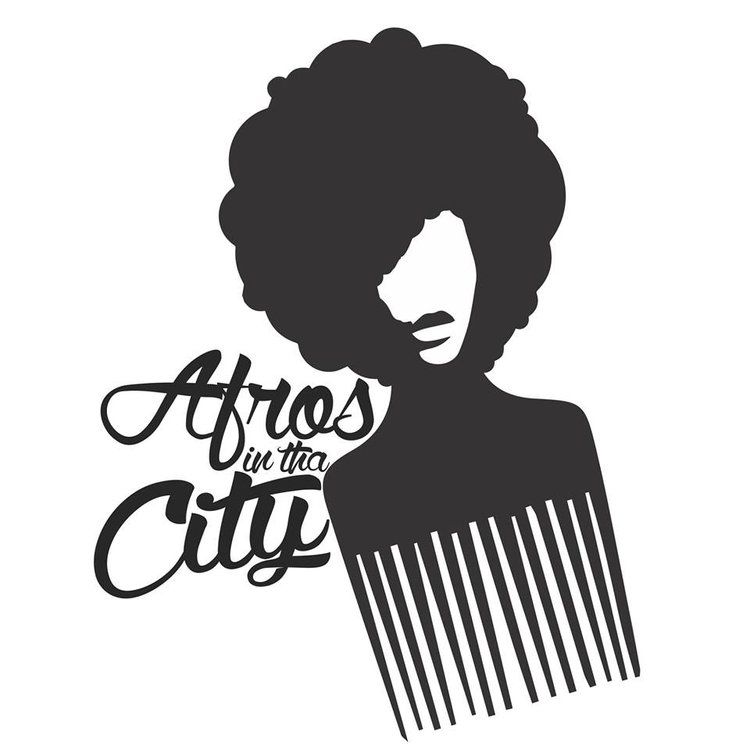Looking back on my summers in my childhood I rarely recall the sky turning an ashen orange and tasting smoke on my tongue. Because I grew up in Texas, hurricanes and floods were my natural disasters to fear. In school we ran hurricane and tornado drills on top of fire drills. As far as I could imagine they were freak events, rare, but inconsequential to me.
It didn't even occur to me that humans could affect the weather at that age.
When my family migrated to Alberta, the natural disasters I feared became blizzards and cold snaps in winter. I cherished the warm air and blue skies of summer in Calgary but I was now faced with an entirely different concept…wildfire season.
The earliest wildfire I remember was in the spring before I turned 12. Slave Lake was on fire and I could see it in the sky. 500 kilometers from my home, 49 wildfires spread in the north. I was old enough to know that the fire was devastating and too young to see the scale of the damage that took place. As a result of the wildfires around Slave Lake, hundreds of buildings were destroyed and thousands of people were forced to flee their homes for their lives.The sky would be orange from then on and I had learned to accept it.
The smoke and ash lingered in the sky for weeks and slowly dispersed. It was like the world was starting over, but it would never be the same for those affected by the fire. In 2011 people rallied together to help, but a year later it happened again in September 2012; this time around, Lethbridge and Coalhurst. Two grass fires grew out of control and over two thousand residents were evacuated to safe zones.
As of June 2023 there have been 652 wildfires in Alberta and 58.9 per cent is suspected to be caused by humans, according to the Alberta Wildfire Status Dashboard. While it is true that most wildfires are typically caused by lightning, human behaviour is so rapidly increasing drought conditions that we’ve effectively turned our wilderness into a powder keg.
The most notable, expensive, and destructive wildfire in Alberta to date occurred in Fort McMurray in 2016, 6 months before I began high school. The wildfires burned for four weeks and caused $4 billion in damages, loss of life, and resulted in the entire city of Fort McMurray evacuating until June 2016. The smoke was thick and pungent in the air. I worried about my father who developed a cough that reverberated through our home. He couldn't leave the house during the height of the wildfire smoke and I remember feeling like there was nothing I could do. There were severe air quality warnings and for the first time I felt the sheer scale of climate change.
At first, it appeared new and unexpected. Waking up in the morning and marveling at how quickly the sky had darkened and burned overnight filled a younger version of me with curiosity. However, that feeling is now replaced by dread. A dread founded on the knowledge that things will only get worse.
Calgarian summers are dry and hot but they were rarely red and full of smog when I was young. It was the exception, not the norm, to see a dark red sun overshadowed by hazy clouds.
“Wildfires,” I was told when I was younger. “Wildfires,” I am told now. But there's a stark difference. Our planet is fundamentally changing and over the past decade of my life I have seen it change and leave its mark on my province.
